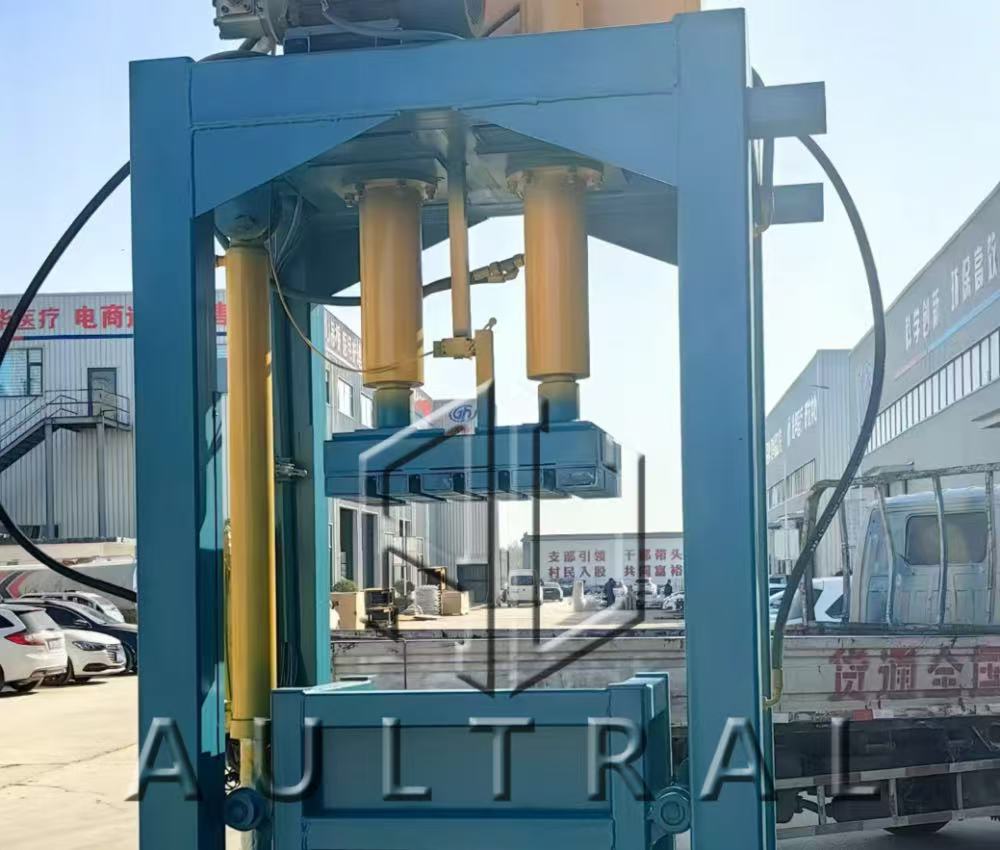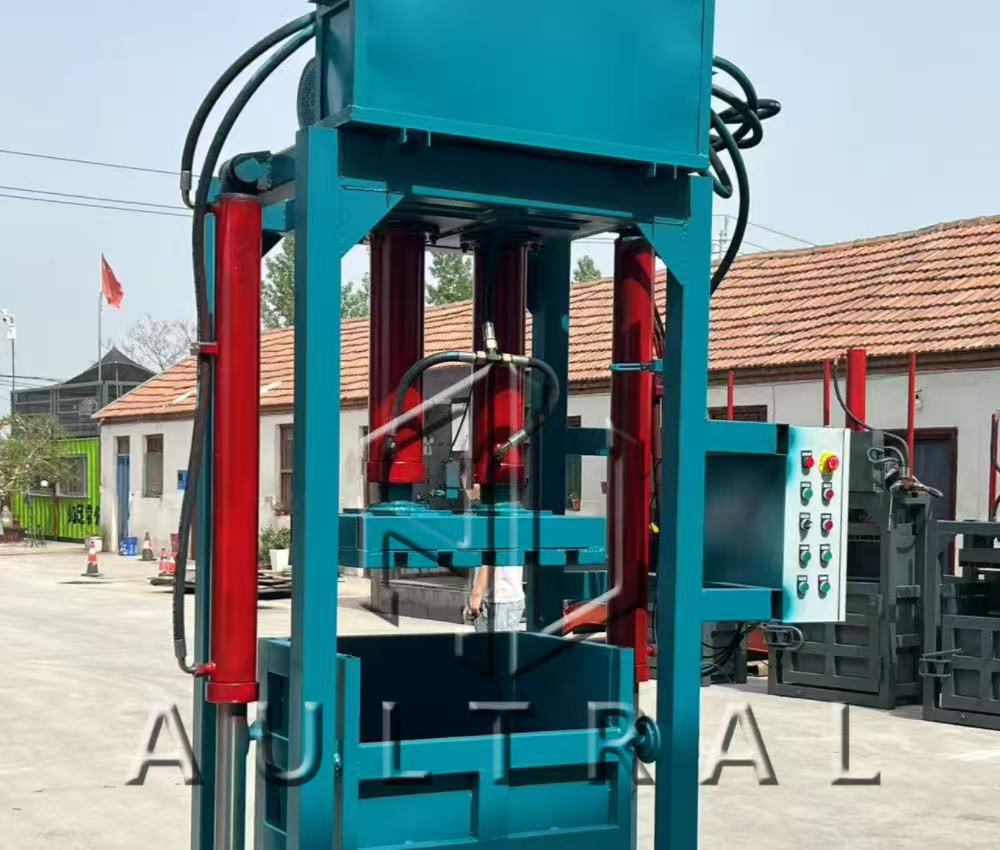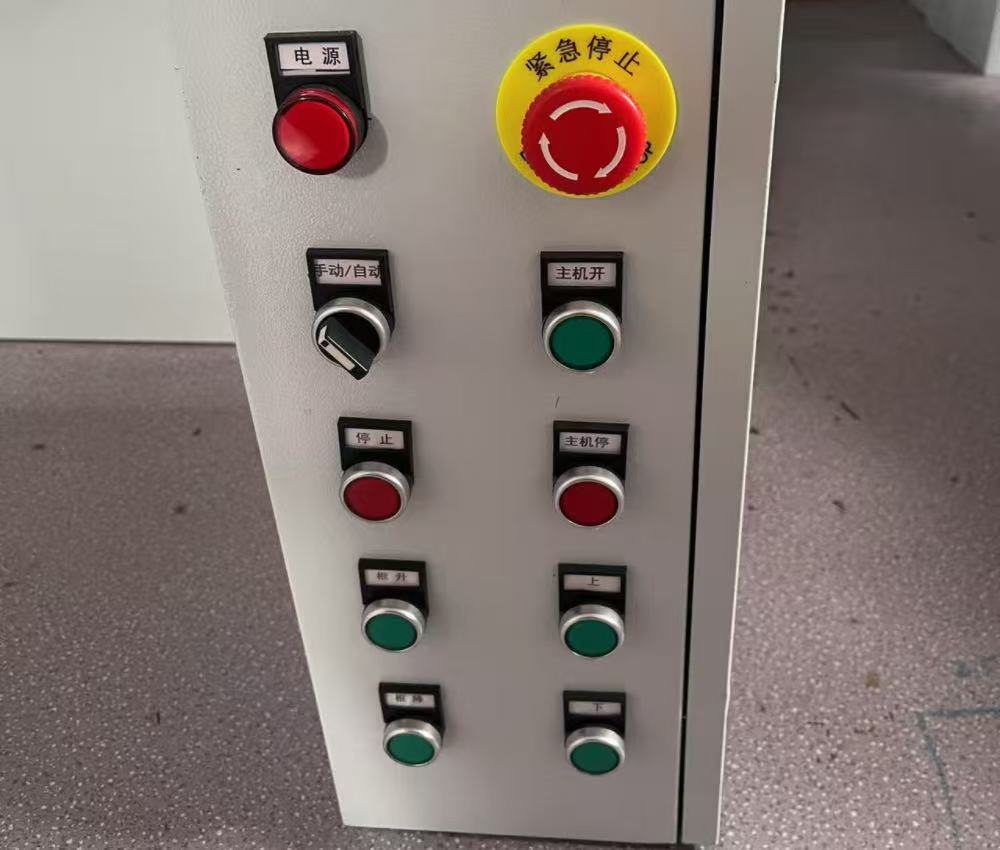Introduction
In the modern recycling and textile industry, handling large volumes of clothes, textiles, and fabrics efficiently is a growing challenge. With the rise of second-hand clothing exports, textile recycling, and fashion industry waste, companies and organizations need reliable machines that reduce bulk, cut storage costs, and simplify transportation.
A clothes baling machine provides the ideal solution. By compressing waste or used clothes into compact bales, it reduces handling costs and improves logistics. This blog will explore what a clothes baling machine is, why it is important for recycling and the textile sector, and how to use one effectively.
What Is A Clothes Baling Machine?

A clothes baling machine, also known as a textile baler, is a type of hydraulic baler specifically designed for compressing clothes, textiles, fabrics, and other soft materials into dense, manageable bales.
Key Features
-
Hydraulic System: Uses hydraulic pressure to compress loose clothing.
-
Vertical Or Horizontal Design: Available in both types depending on capacity and space.
-
Bale Sizes: Can produce compact bales from 40kg up to 600kg depending on machine type.
-
Strapping And Binding: Bales are secured with plastic straps, wires, or polyester belts.
-
Safety Features: Includes interlock doors, emergency stop buttons, and overload protection.
Applications
-
Export of second-hand clothes.
-
Textile recycling plants.
-
Charities handling donations.
-
Factories with fabric offcuts.
-
Logistics companies handling soft waste.
By turning loose clothing into bales, these machines simplify storage, protect the material from damage, and make shipping more efficient.
Why Clothes Baling Machines Are Important

The importance of clothes baling machines extends across environmental, economic, and operational factors.
1. Environmental Benefits
Clothing waste is one of the fastest-growing waste streams globally. Millions of tons of clothes end up in landfills every year. By baling clothes, recycling companies can efficiently process and redirect textiles toward reuse or recycling, reducing waste and supporting sustainability.
2. Space And Storage Efficiency
Loose clothing takes up a large amount of space. A baling machine reduces clothing volume by up to 80%, allowing businesses to maximize storage capacity.
3. Transportation Cost Reduction
Compact bales are easier and cheaper to transport compared to uncompressed clothes. This directly lowers shipping costs and increases profit margins for exporters.
4. Labor Savings
Instead of manually handling loose piles of clothes, workers can operate baling machines that process large amounts quickly, saving time and reducing labor costs.
5. Better Material Protection
Baled clothes are protected against dust, moisture, and handling damage, which is essential for second-hand clothing export and resale markets.
Types Of Clothes Baling Machines
Different industries require different baler designs. Below are the main types:
Vertical Clothes Baler
-
Compact and cost-effective.
-
Suitable for small to medium volumes.
-
Easy to install and operate.
Horizontal Clothes Baler
-
Handles large volumes continuously.
-
Suitable for recycling centers and export warehouses.
-
Higher cost but greater efficiency.
Single-Cylinder Vertical Baler
-
Simple structure with lower investment.
-
Produces smaller bales (30–100kg).
-
Often used by charities or small businesses.
Twin-Cylinder Baler
-
Provides stronger compaction force.
-
Produces medium to large bales (100–600kg).
-
Ideal for textile recycling plants.
How To Use A Clothes Baling Machine

Operating a clothes baler is straightforward, but proper procedure is essential for safety and efficiency.
Step 1: Preparation
-
Place the machine on a stable surface.
-
Check the hydraulic system, oil level, and power connection.
-
Wear safety equipment such as gloves and protective footwear.
Step 2: Loading Clothes
-
Open the loading door.
-
Place the loose clothes or textiles inside.
-
Distribute the material evenly for consistent bale shape.
Step 3: Compression
-
Close the door securely.
-
Start the hydraulic system.
-
The ram compresses clothes under high pressure until they form a compact block.
Step 4: Binding The Bale
-
Insert strapping belts or wires.
-
Securely tie them around the compressed bale.
-
This ensures the bale remains compact during handling.
Step 5: Ejecting The Bale
-
Activate the ejector system.
-
The finished bale is pushed out of the chamber.
-
Remove the bale and prepare it for storage or transport.
Step 6: Safety Check
-
Inspect the machine for any signs of leakage or wear.
-
Ensure emergency stop features are functional.
-
Perform routine maintenance as per the manufacturer’s instructions.
Safety Guidelines When Using A Clothes Baling Machine
-
Never overload the chamber with clothes.
-
Do not bypass safety interlocks.
-
Keep hands and feet away from the compression area.
-
Ensure all workers are trained before operating.
-
Regularly maintain and lubricate moving parts.
Industries That Benefit From Clothes Baling Machines
Clothes baling machines are widely used in many industries:
-
Recycling Companies: Compress large volumes of textiles for reuse.
-
Exporters Of Used Clothes: Prepare compact bales for international shipping.
-
Charity Organizations: Handle donations efficiently.
-
Garment Factories: Manage fabric waste and offcuts.
-
Logistics And Warehouses: Optimize storage and shipping processes.
Key Factors To Consider When Choosing A Clothes Baling Machine
When selecting the right clothes baling machine for your business, several factors should be carefully evaluated.
Bale Size And Weight
Consider the required bale size based on storage space and shipping requirements. Smaller bales are easier to handle, while larger bales reduce transportation costs.
Production Capacity
If you process a high volume of clothes daily, a horizontal baler or twin-cylinder vertical baler may be more suitable. Smaller operations may only require a single-cylinder vertical model.
Power Requirements
Machines come in different motor power configurations. Ensure your facility has the correct electrical supply and stability to operate efficiently.
Ease Of Operation
Modern balers include user-friendly controls, automatic compression, and simple strapping systems. This reduces training time and enhances safety.
Maintenance And Durability
Look for machines made with high-quality steel structures and reliable hydraulic components. Easy access for cleaning and maintenance extends machine lifespan.
Future Trends Of Clothes Baling And Textile Recycling
The role of clothes baling machines is expected to expand in the future as global textile recycling becomes more important.
Growth In Second-Hand Clothing Exports
The demand for second-hand clothing continues to rise in Africa, Asia, and South America. Compact baled clothes simplify international shipping and make large-scale exports possible.
Automation And Smart Technology
Next-generation baling machines will include automated feeding systems, digital monitoring, and smart sensors. This will increase efficiency and reduce manual labor.
Sustainability Goals
Governments and organizations are encouraging textile recycling to reduce landfill waste. Clothes balers will be a core tool in achieving these sustainability goals.
Integration With Sorting Systems
In large recycling centers, baling machines will be integrated with sorting lines. This allows mixed textiles to be sorted, compressed, and packed in one streamlined process.
Final Thoughts
Clothes baling machines are more than just industrial equipment. They are essential partners for companies seeking to maximize efficiency, reduce costs, and support global recycling efforts. By selecting the right baler, businesses can handle large volumes of clothes responsibly, protect the environment, and remain competitive in the growing textile recycling industry.
Conclusion
The clothes baling machine is an essential tool for the modern textile recycling and export industry. It plays a critical role in reducing waste, saving space, cutting costs, and protecting valuable clothing resources.
By understanding what a clothes baling machine is, why it is important, and how to use it, businesses can improve their efficiency while contributing to sustainability goals. Whether you are a recycling plant, a charity organization, or an exporter of second-hand clothes, investing in a clothes baling machine is a step toward smarter, more efficient textile handling.
